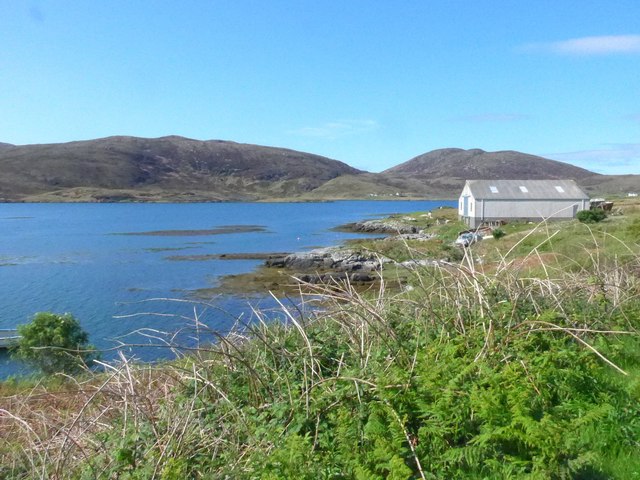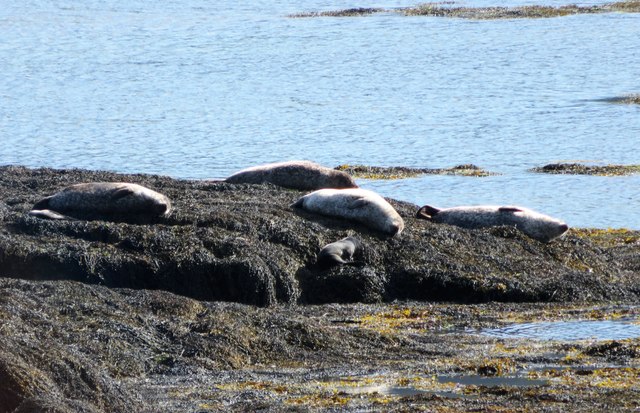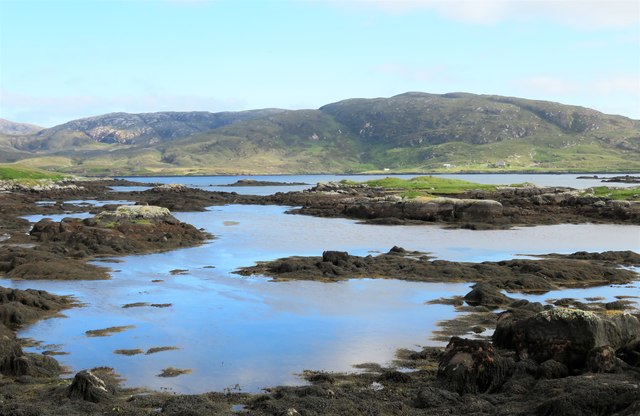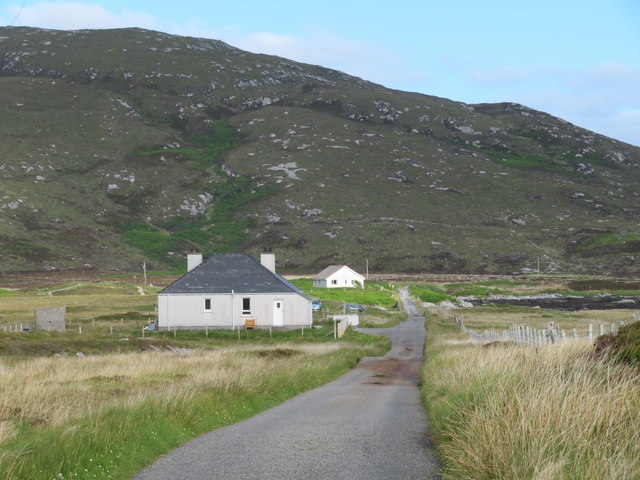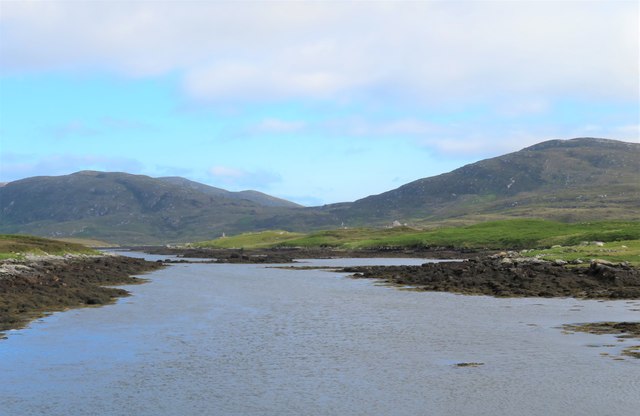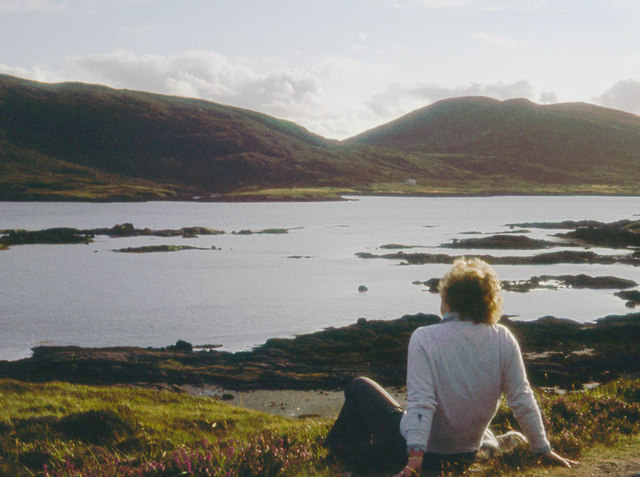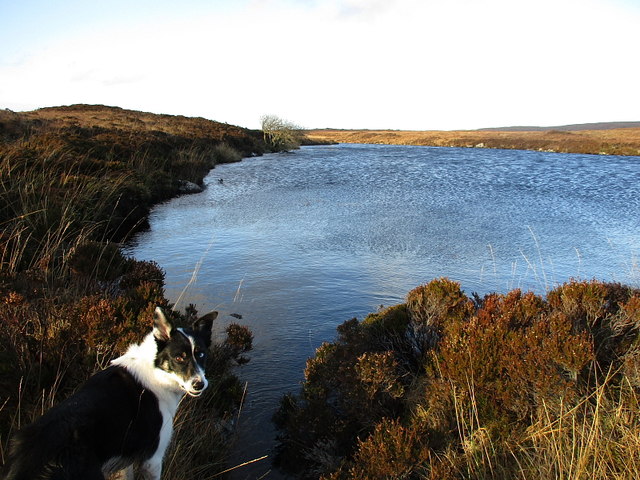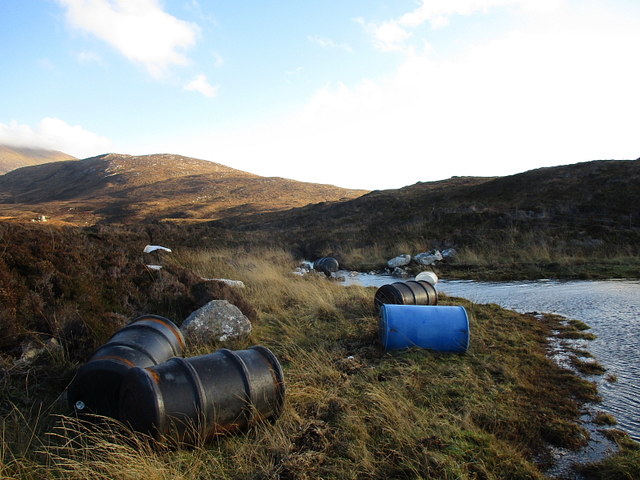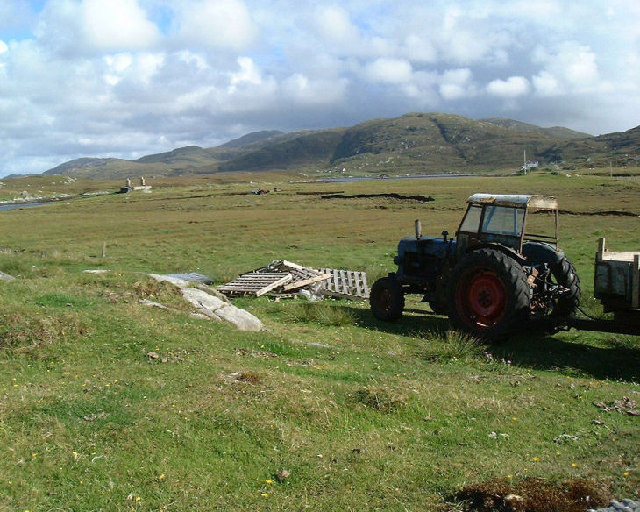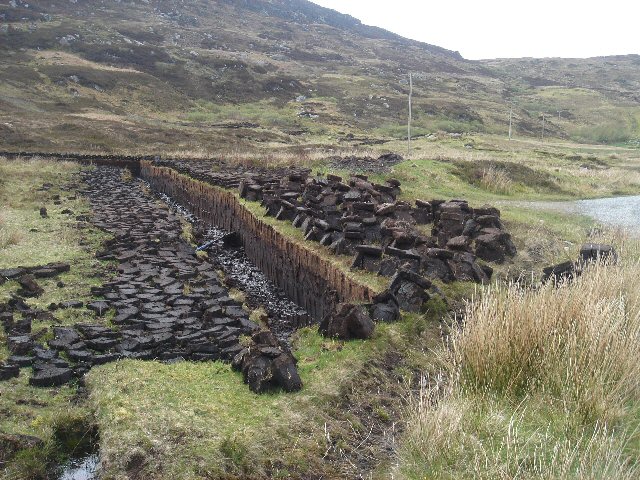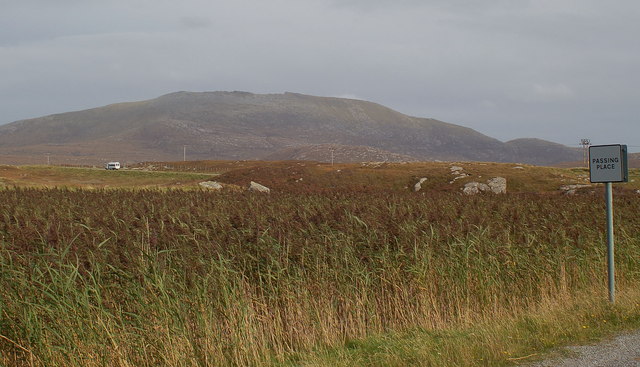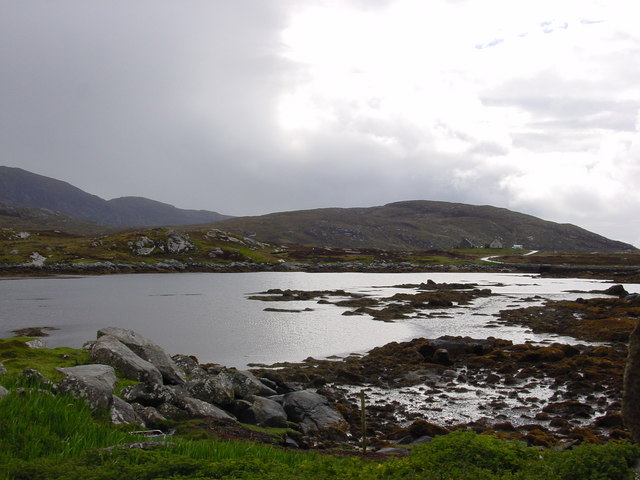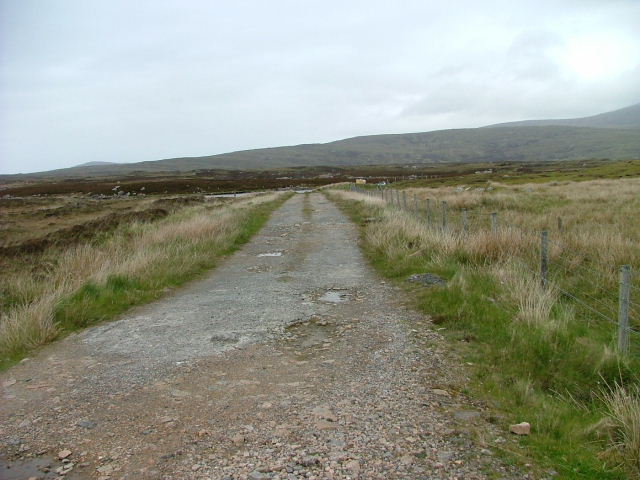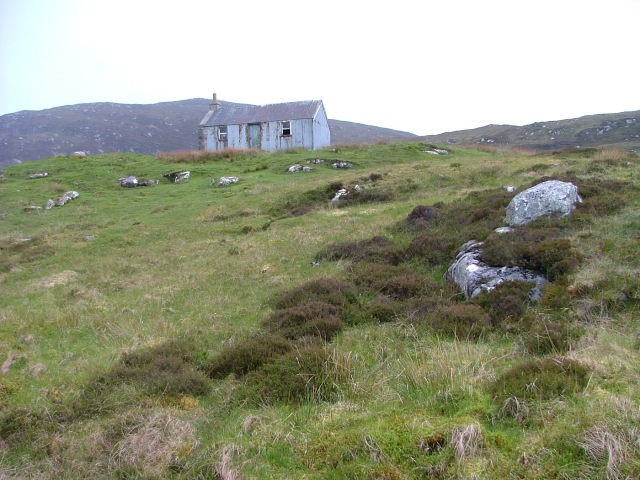Rubh' an Tigh-mhàil
Coastal Feature, Headland, Point in Inverness-shire
Scotland
Rubh' an Tigh-mhàil

Rubh' an Tigh-mhàil is a prominent coastal feature located in the county of Inverness-shire, Scotland. Also known as Rubha na Tigh-mhàil, it is a headland that extends into the North Atlantic Ocean, forming a distinct point along the rugged coastline.
Situated approximately 5 miles southwest of the town of Gairloch, Rubh' an Tigh-mhàil offers breathtaking views of the surrounding landscape. The headland is characterized by steep cliffs that rise dramatically from the sea, reaching heights of up to 100 meters. These cliffs are composed of ancient rock formations, providing a glimpse into the geological history of the region.
The area surrounding Rubh' an Tigh-mhàil is rich in biodiversity. The coastal waters are home to a diverse range of marine life, including seals, dolphins, and various species of seabirds. The headland itself is covered in lush vegetation, with heather, grasses, and wildflowers dotting the landscape. This provides a haven for numerous bird species, making it a popular destination for birdwatchers.
Access to Rubh' an Tigh-mhàil is relatively easy, with a well-maintained footpath leading to the headland. Visitors can enjoy a leisurely walk along the cliff edge, taking in the stunning panoramic views of the sea and surrounding countryside. The area is also popular for fishing, with opportunities to catch species such as mackerel and haddock.
Overall, Rubh' an Tigh-mhàil is a natural wonder, offering visitors a chance to experience the beauty of Scotland's coastal landscape. Whether exploring the rugged cliffs, observing the diverse wildlife, or simply enjoying the tranquility of the surroundings, this headland is a must-visit location for nature enthusiasts and those seeking a peaceful escape.
If you have any feedback on the listing, please let us know in the comments section below.
Rubh' an Tigh-mhàil Images
Images are sourced within 2km of 57.235434/-7.3572371 or Grid Reference NF7628. Thanks to Geograph Open Source API. All images are credited.
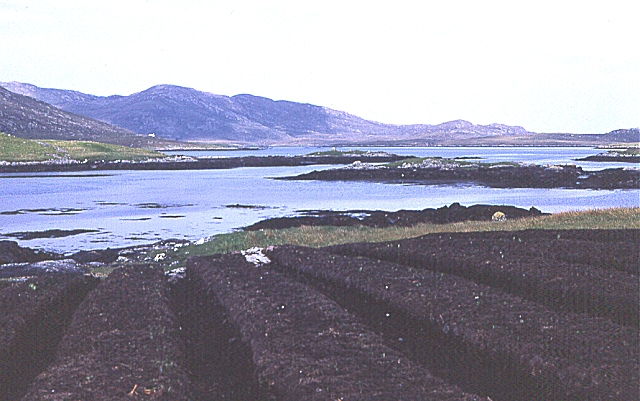
Rubh' an Tigh-mhàil is located at Grid Ref: NF7628 (Lat: 57.235434, Lng: -7.3572371)
Unitary Authority: Na h-Eileanan an Iar
Police Authority: Highlands and Islands
What 3 Words
///fortunate.speedy.hypocrite. Near Lochboisdale, Na h-Eileanan Siar
Nearby Locations
Related Wikis
Bornish
Bornish (Scottish Gaelic: Bòrnais) is a village and community council area on South Uist in the Outer Hebrides, Scotland. Bornish is also within the civil...
Milton (South Uist)
Milton (Scottish Gaelic: Geàrraidh Bhailteas) is the name of a tack or tenant farm on the island of South Uist in the Outer Hebrides, Scotland. It was...
Ormacleit Castle
Ormacleit Castle (Scottish Gaelic: Caisteal Ormacleit) is a ruined mansion house of the early 18th century. It is located on South Uist in the Western...
South Uist
South Uist (Scottish Gaelic: Uibhist a Deas, [ˈɯ.ɪʃtʲ ə ˈtʲes̪] ; Scots: Sooth Uist) is the second-largest island of the Outer Hebrides in Scotland. At...
Nearby Amenities
Located within 500m of 57.235434,-7.3572371Have you been to Rubh' an Tigh-mhàil?
Leave your review of Rubh' an Tigh-mhàil below (or comments, questions and feedback).
